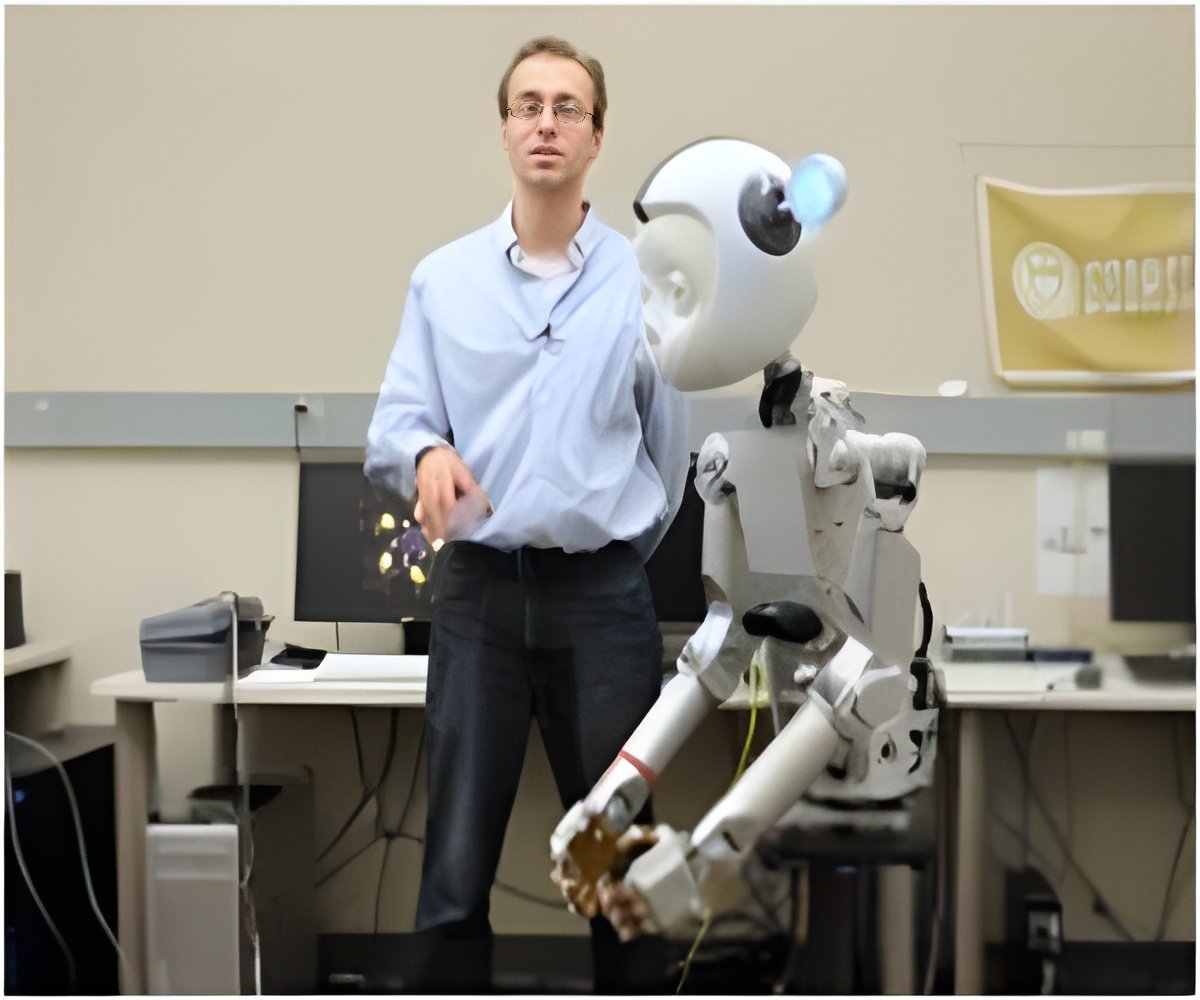New research indicates that robots acting together to carry out jobs could provide new opportunities for humans to harness the power of machines.

The researchers have demonstrated that the swarm can carry out simple fetching and carrying tasks, by grouping around an object and working together to push it across a surface.
The robots can also group themselves together into a single cluster after being scattered across a room, and organize themselves by order of priority.
Dr Roderich Gross, head of the Natural Robotics Lab, in the Department of Automatic Control and Systems Engineering at the University of Sheffield, said that swarming robots could have important roles to play in the future of micromedicine, as 'nanobots' are developed for non-invasive treatment of humans.
On a larger scale, they could play a part in military, or search and rescue operations, acting together in areas where it would be too dangerous or impractical for humans to go.
In industry too, robot swarms could be put to use, improving manufacturing processes and workplace safety.
Advertisement
For example, if the robots are being asked to group together, each robot only needs to be able to work out if there is another robot in front of it. If there is, it turns on the spot; if there isn't, it moves in a wider circle until it finds one.
Advertisement








